Farm animals
In 1606, the Dutch introduced cattle, goats and pigs to Mauritius. Some thirty years later, they introduced deer. All of the animals flourished in their new environment and by the end of the seventeenth century large numbers of cows, goats, pigs and deer could already be found on the island.
At La Vanille Nature Park, you will meet:
- JAVA DEER (Cervus Timorensis Russa)
- DOMESTIC GOAT (Capra Hircus)
- DONKEY (Equus Asinus)
- FAT-TAILED SHEEP (Ovies Aries)
- INDIAN PEAFOWL (Pavo cristatus)
- GUINEA PIG (Cavia porcellus)
- COMMON RABBIT (Oryctolagus cuniculus)
- PEKIN CHICKEN (Gallus gallus domesticus)
- SILVER PHEASANT (lophura nycthemera)
- TURKEY (Meleagris sp)
- MALLARD (wild duck) (Anas platyrhynchos)
- MULARD (Cairina moschata)
- CHINESE GOOSE (Anser cygnoides)
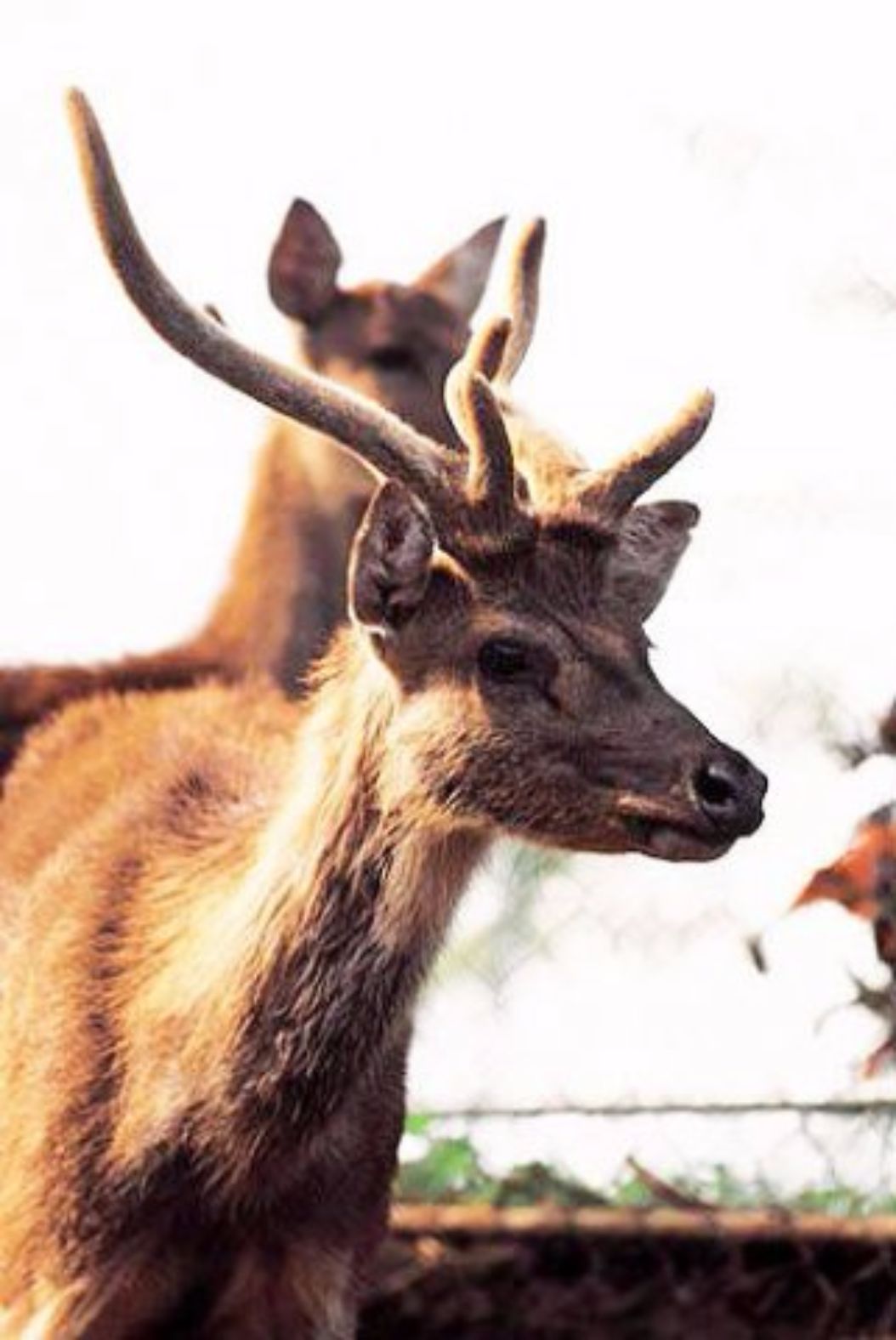
JAVA DEER (Cervus Timorensis Russa):
The Java deer was introduced to Mauritius in 1639, by the Dutch from Batavia (Java), as a food source. This was at the same time as the introduction of sugar cane. The animals were released in the south-east, where the Dutch landed, and thrived in the total absence of predators, rapidly spreading over the whole island. The Java deer is a social animal and is mostly found in small herds of up to twenty or so animals. It prefers grassy savannahs but adapts well to different environments. It is found in most forested areas of Mauritius, where it is also farmed.
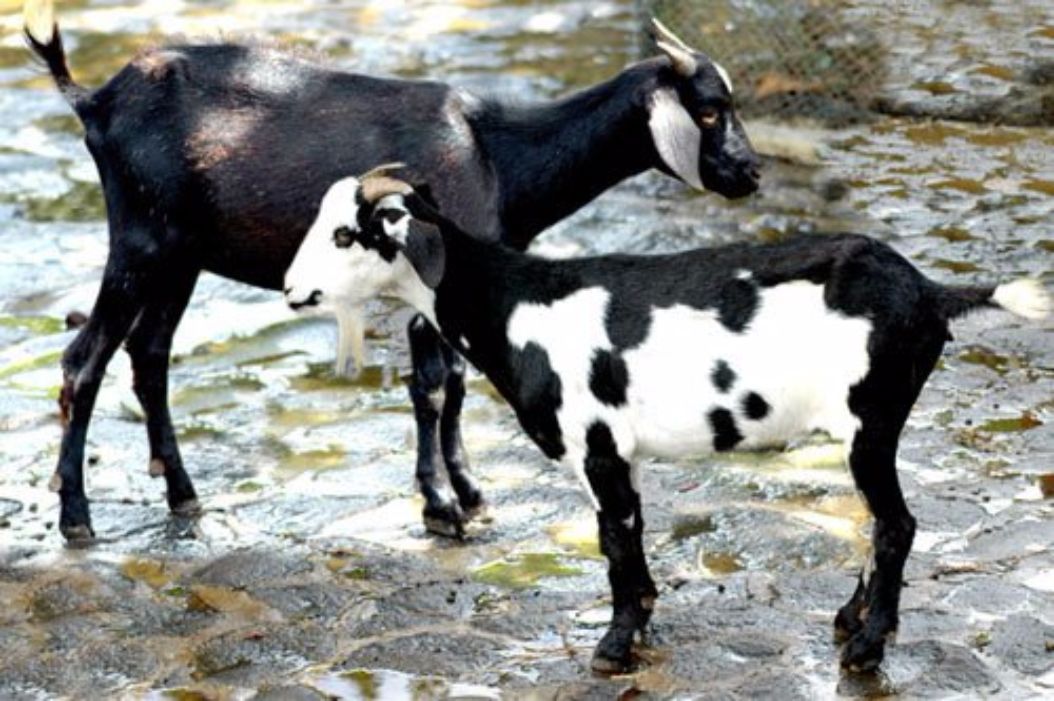
DOMESTIC GOAT (Capra Hircus):
The domestic goat is probably descended from C. aegagrus, from Central Asia. Goats seem to have been first domesticated many thousands of years ago, when ancient cultures and tribes began to keep them for milk, hair, meat and skins. The Dutch introduced the goat to Mauritius in 1606 as a food source. After the French occupation of Mauritius in 1721, wild goats were domesticated.
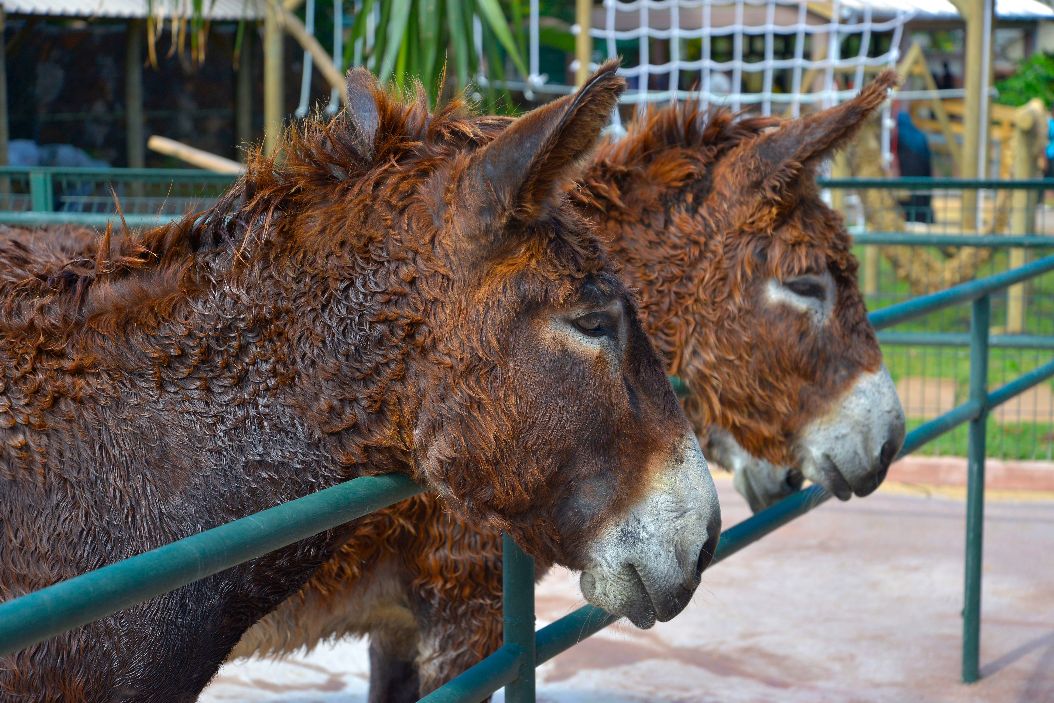
DONKEY (Equus Asinus):
Descended from the African wild ass, the donkey is known to have been domesticated since around 4000 BC. In developing countries, donkeys are still most commonly used as a form of transport (either for riding or for pulling carts) but are also used in a range of farm jobs (tilling, threshing, raising water and milling).
Donkeys were introduced by the French after 1721. They became well established, with large numbers of them reportedly occurring in the wild by 1754.
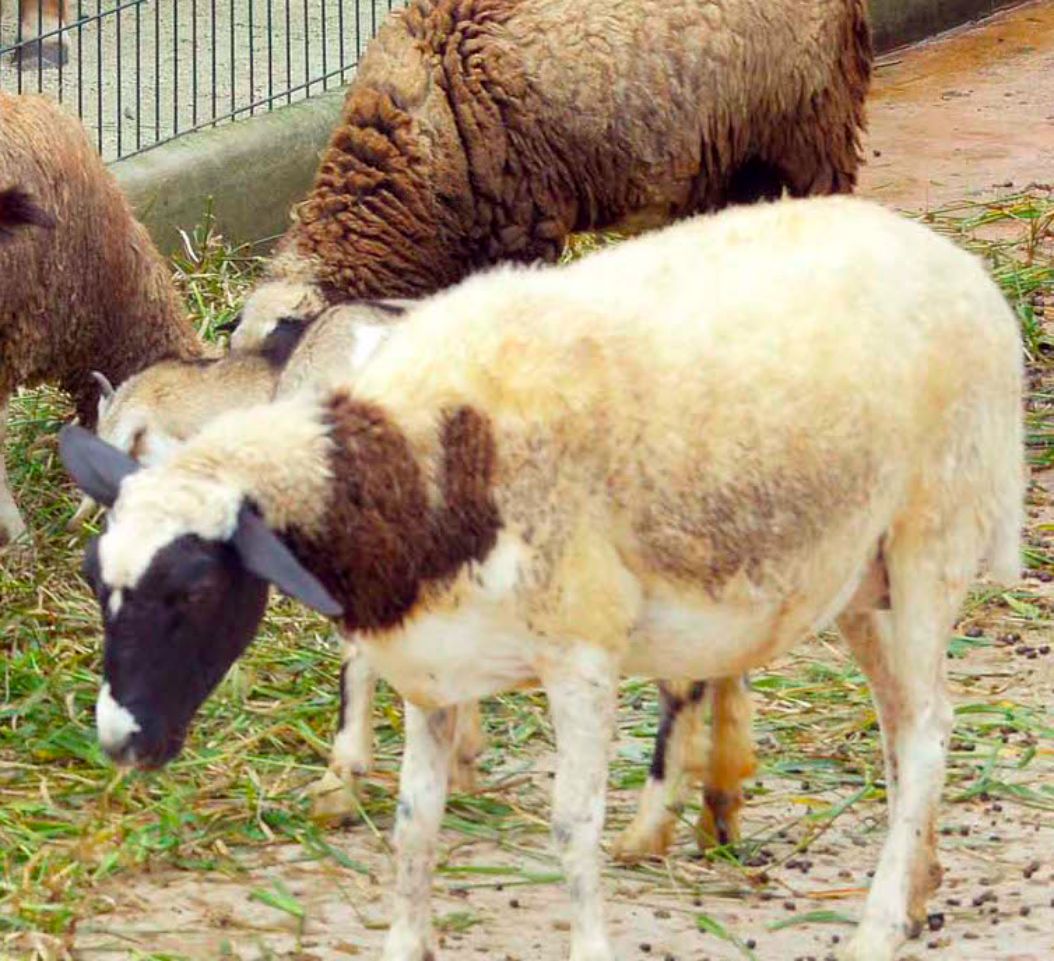
Fat-tailed sheep (Ovies Aries):
The common name of this species arises from the large amount of fat stored in the tail and rump area. Originally, it was bred specifically for this fat, which was used in medieval Arab and Persian cookery.
Sheep were introduced to Mauritius from northern Africa, by the French, around the 1730s. They are farmed purely for their meat, although this is becoming less common in Mauritius. They are still farmed in large numbers in Rodrigues.
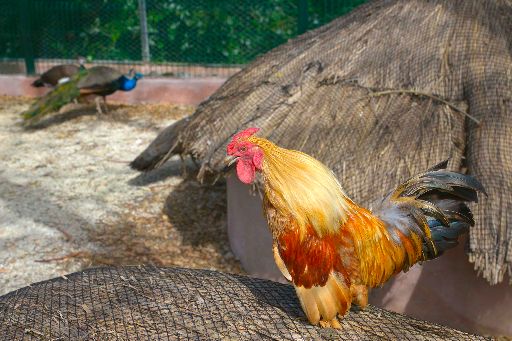
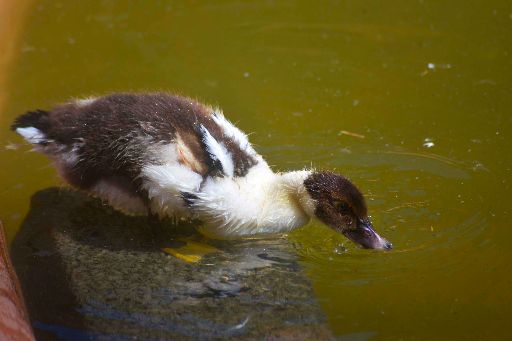
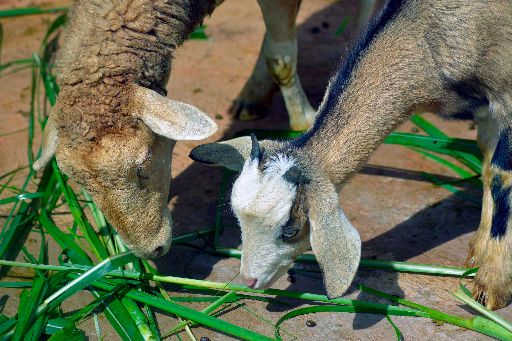
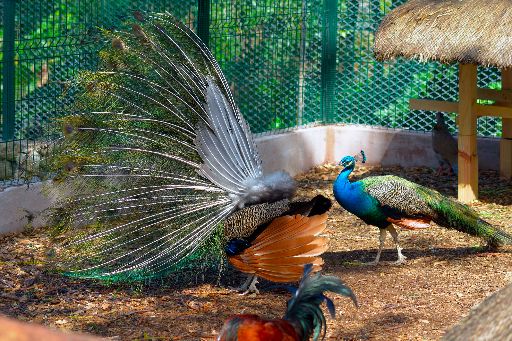

Insectarium

nursery

